These are four claviform pendants in ivory which are part of the funerary objects of the burial of "Principle of use” of the Arene Candide, a young man of 15 years old, robust and about 170 cm tall, buried after a violent death, probably caused by the attack of a bear during a hunting trip, with a blow inflicted on the jaw and left shoulder which in fact they were removed. The young man was buried with all honours, on a bed of red ocher with a rich grave goods consisting of a headdress made up of hundreds of perforated shells (of the Cyclope neritea type) and some atrophic deer canines, a necklace of shells on the chest, by a bracelet on the left wrist, by four "command sticks" in elk antler, objects so called but the use of which is not known with certainty, and a blade made from flint originating from southern France held in the right hand.
Of the four pendants, two (1 and 2) have a flat rear face while the front one is rounded with parallel grooves engraved in the lower portion and flat in the upper portion where there is a suspension hole; the larger one was placed near the left forearm while the smaller one near the skull, between the shells that originally formed the headdress. The archaeologists Ottavio Cornaggia Castiglioni and Giulio Calegari (1975) proposed an original interpretation for these two pendants, as a stylization of the headless female body, present in Europe in the stylized form of Gonnersdorf-Lalinde (see figure 3), in the "baguette" silhouettes ” of Dolni Vestonice (see figure 4) and in the Gravettian “violin” silhouettes of Petersfels near Engen (see figure 5) in which particular importance is given to the buttocks, while the head and legs are reduced to short appendages.
The other two pendants (3 and 4) are flatter than the previous ones, characterized by a more expanded body separated from the head with a groove at the height of the throat, a groove that was probably created because the object was used in suspension. Of the two, one has a flat-convex face covered by a dense series of parallel grooves and the other has a slightly flat-concave face, as if the two objects were part of the same pendant which was divided into two parts during processing; in fact the faces fit together in a complementary way, made from the same fragment of ivory. The heads, however, are different as if they had only been completed later. The two pendants were placed on the side of each leg of the burial, just below the knee. Nine pendants very similar to those found in the Caverna delle Arene Candide but smaller were found in the Barma Grande in Balzi Rossi, also in Liguria.
The richness and variety of the funerary equipment together with the excellent state of conservation and the precise stratigraphic location have made the burial an important source of archaeological, palethnological and anthropological data. However, it must be pointed out that a DNA analysis was not carried out, but only a diagnosis of sex, which for an adolescent skeleton does not guarantee its correct attribution; therefore, in the current state of investigations, it cannot be said with absolute certainty that it is a male skeleton and, if this were ascertained following DNA analyses, it would be the first man to be buried with a set typical of female burials, such as the headdress made of shells and the red ocher spread on the deposition plan of the burial.
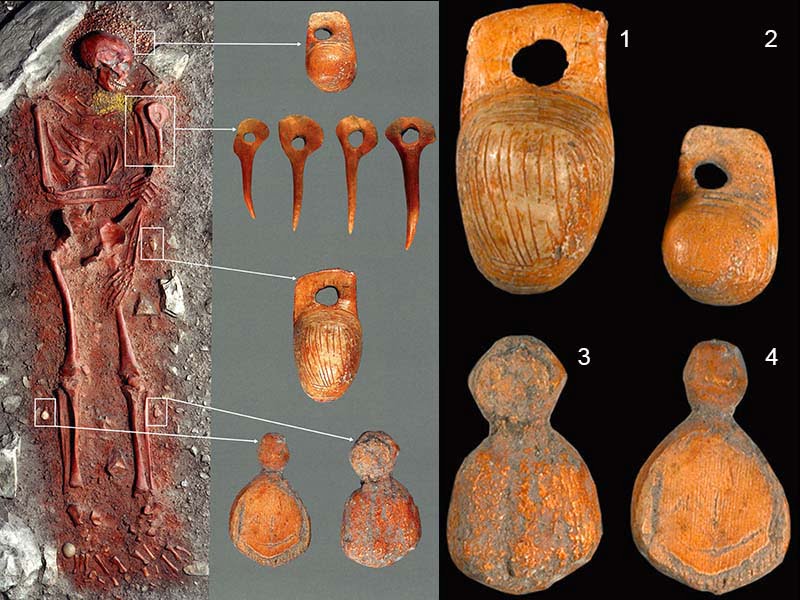
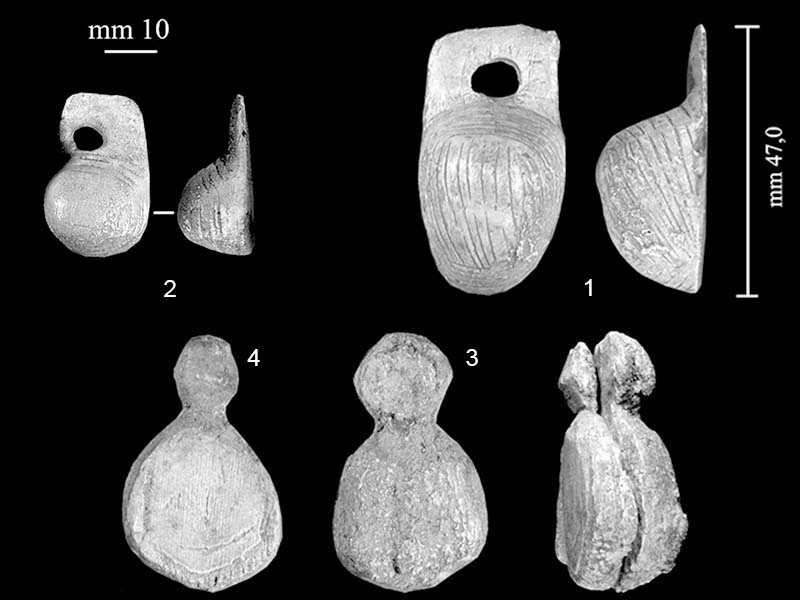
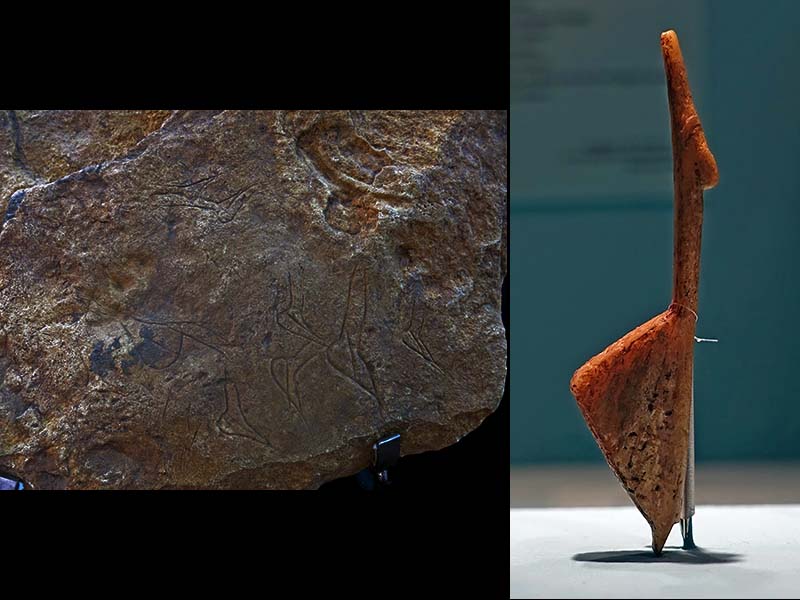
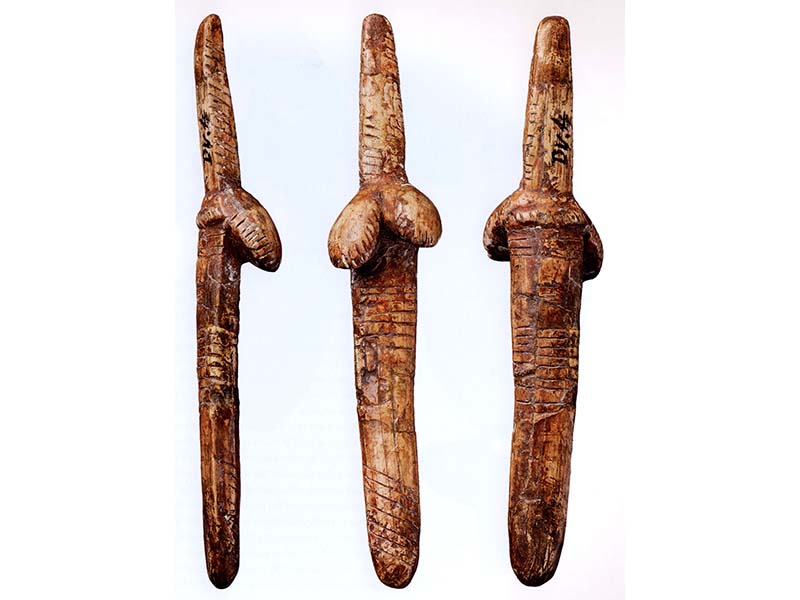
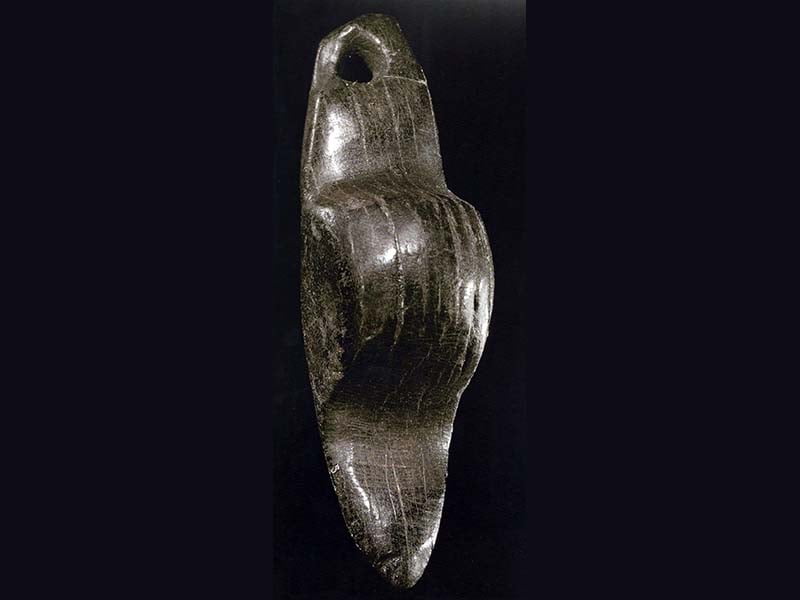
Historical notes
The first explorations of the cave took place in June 1864 by Arturo Issel, who, realizing the great potential of the site, promoted excavation campaigns that lasted from 1864 to 1876. In the same period, one of his pupils also took part in the excavations, Nicolò Angelo Andrea Morelli, to whom important discoveries are to be attributed, especially in subsequent campaigns carried out independently, including a large number of Neolithic burials and the first clay statuette found in 1886.
However, an intense and more precise excavation activity was carried out by Bernabò Brea in the years 1940-42 and 1948-50, a work which led to the definition of the stratigraphy with the identification of the different cultural phases that occurred on the site. In the 70s Santo Tinè with the collaboration of Roberto Maggi continued to explore the levels of the Ancient and Middle Neolithic. Activities to safeguard the site were undertaken in the 90s. For further information on the history of the excavations, see the report "Arene Candide: history of the excavations”. The Arene Candide cave measures 70 x 20 meters and has an elongated shape in the east-west direction, with the opening divided in two by an enormous boulder, currently welded together by stalagmitic concretions. The internal part is divided into 3 zones: the longer and narrower central one is called the "Issel chamber"; the one on the left, the "Morelli room", has a circular shape from which short tunnels branch off; the one on the right, the "Gandolfi room" is smaller in size, with the entrance marked by a rocky pillar, full of concretions and stalagmites.
CARD
LATEST PUBLISHED TEXTS
VISIT THE FACTSHEETS BY OBJECT

